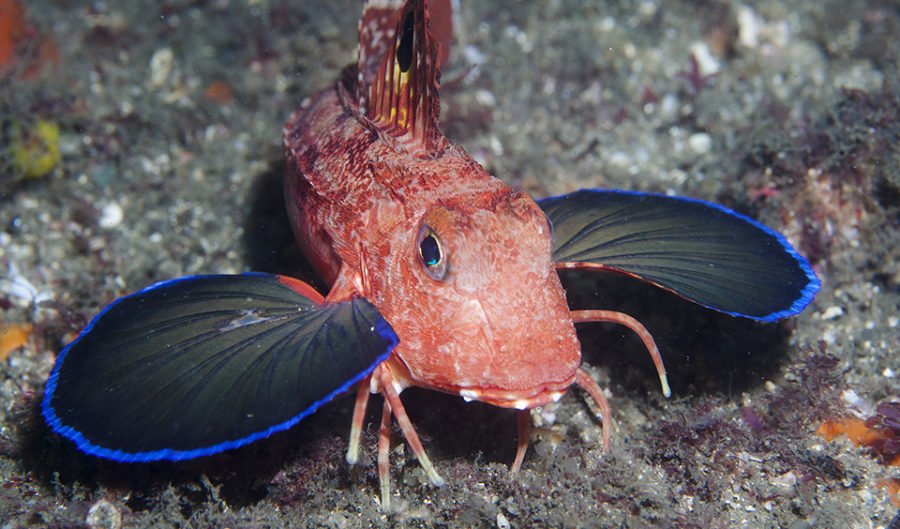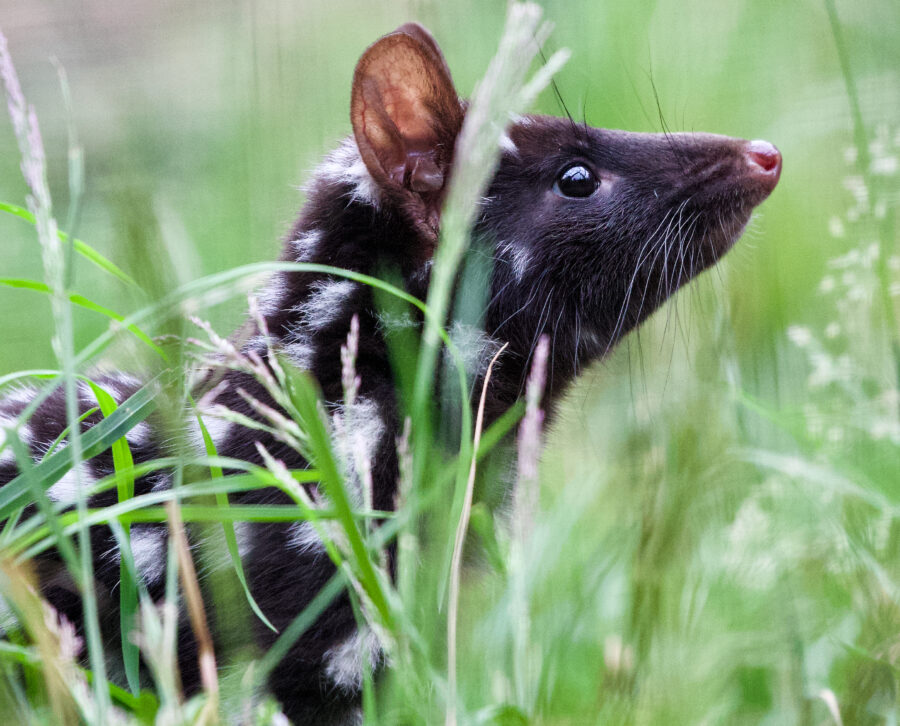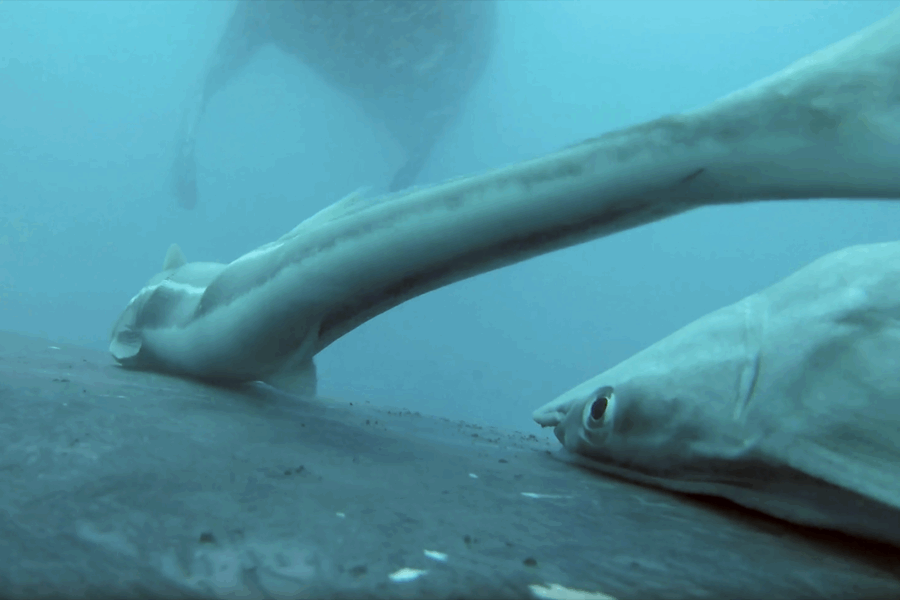Eastern spiny gurnard a noisy

Bec Crew
Bec Crew

YOU KNOW WHAT would suck? If a wizard said he knew a magic spell that could give you wings, and you’re like, “Okay!” But you didn’t read the fine print in his magical contract that said the catch is you had to move underwater forever. Suddenly you’re sitting on a big, submerged rock on the bottom of the ocean, feeling duped, your brand new wings floating listlessly behind you.
That’s kind of how I feel about the eastern spiny gurnard (Lepidotrigla papilio): equipped with two beautiful butterfly wings and nowhere to fly. Technically, of course, those ‘wings’ are actually super-enlarged pectoral fins, which flutter open and shut when the fish is swimming through the ocean and act as awesome, brightly coloured distractions in the face of predators.
Not that the eastern spiny gurnard does much open-ocean gliding. This 20cm-long bottom-dweller spends most of its time trudging awkwardly across the temperate seabed of Australia’s south coast, from central NSW around to southern corner of WA.
It’s even evolved six special spiny ‘legs’ that were once connected to the pectoral fins, but now work as sensory feelers to detect crustacean prey as the fish ‘walks’ across the ocean floor.
Wings of the eastern spiny gurnards
The eastern spiny gurnard belongs to a larger group of around 100 similarly winged gurnard species in the family Triglidae. The name gurnard – derived from an old French word meaning ‘grunt’ – comes from the bizarre noises they make by beating specialised drumming muscles against their swim bladders.
Swim bladders are large, gas-filled sacs found in the abdominal cavities of fish to help stabilise them in the water, and the clever gurnards have maxed out their percussion potential as a way of communicating with each other. Sometimes they’ll even occasionally let out one of their frog-like croaks or grunts in protest when caught by a fisherman (apparently they taste delicious).
Noise-making fish seems pretty odd, but thanks to new audio technology, scientists are just now discovering the extent of the underwater cacophony that clamours through the world’s oceans.
“Clownfish chirp and pop by gnashing their teeth together,” says Emily Anthes in a recent New Yorker article on fish sounds. “Oyster toadfish hum and blare like foghorns by quickly contracting muscles attached to their swim bladders. Croaking gourami make their signature noise by snapping the tendons of their pectoral fins. Altogether, more than 800 fish species are known to hoot, moan, grunt, groan, thump, bark, or otherwise vocalise.”
We already knew that the ocean is a largely unexplored expanse harbouring countless creatures that are too deep or too tiny for us to see, and now we’re discovering that the whole thing basically sounds like a riotous underwater zoo.




